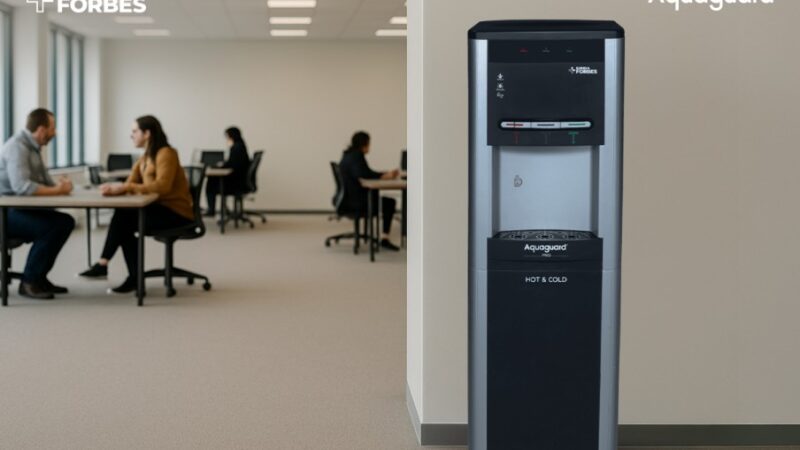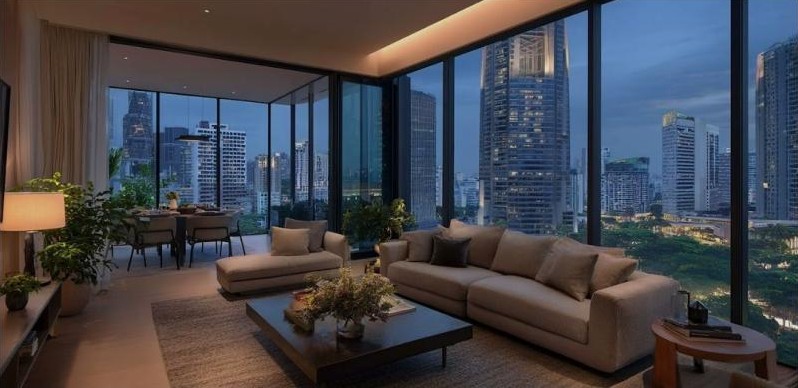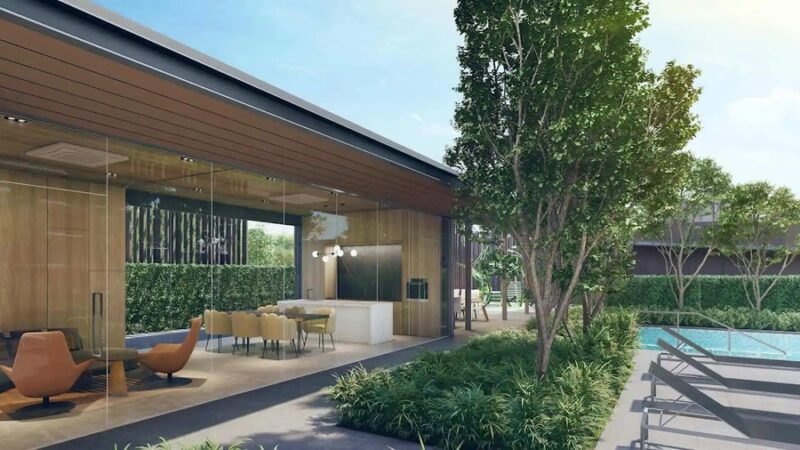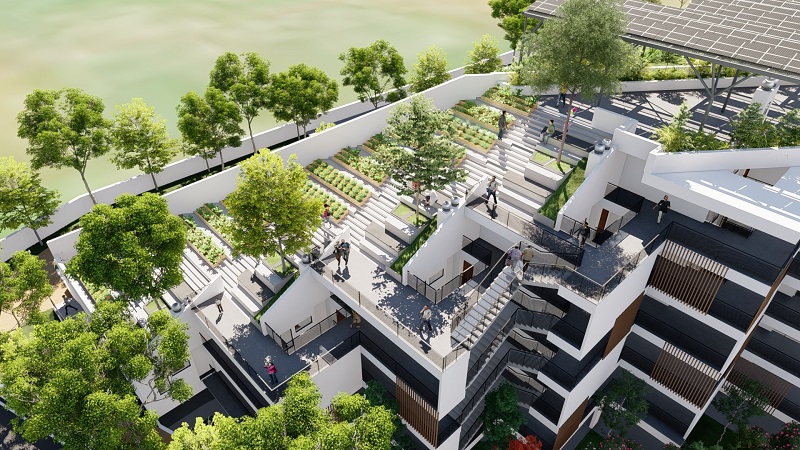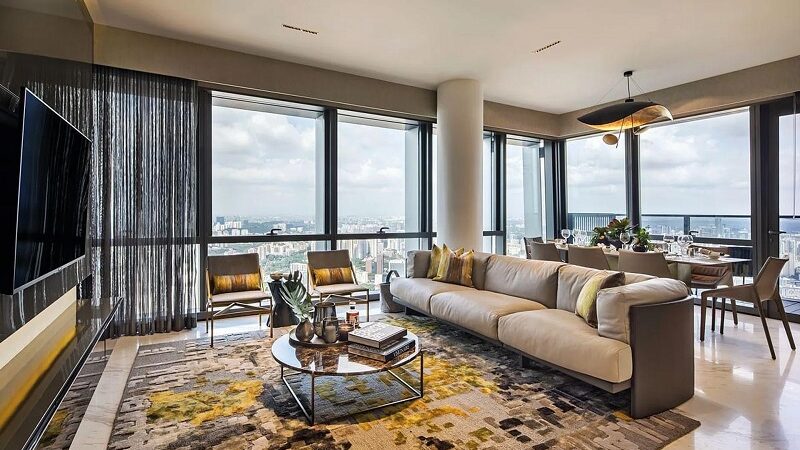Top 10 Modern Window Designs for Energy-Efficient Homes
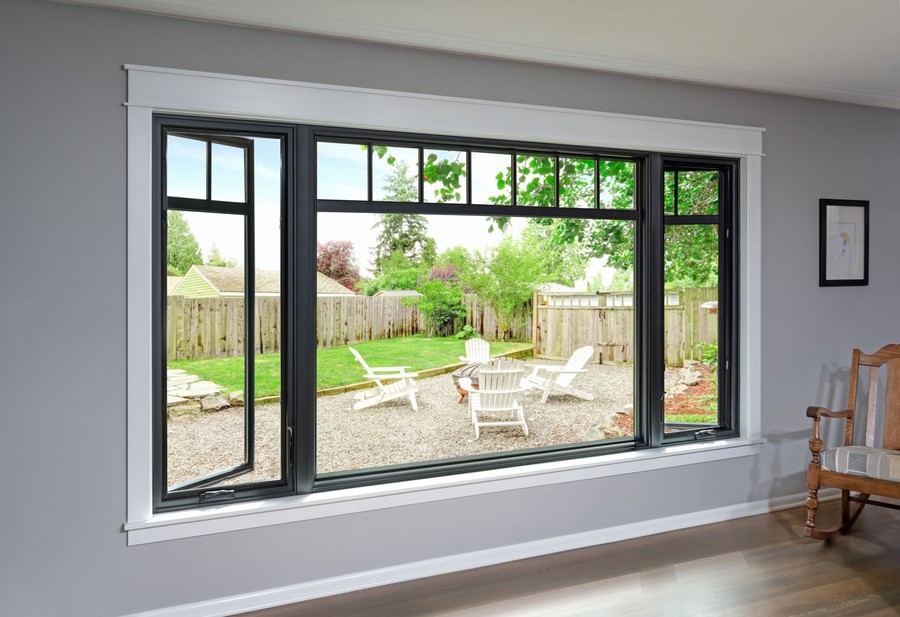
In today’s eco-conscious world, homeowners are increasingly prioritizing energy efficiency without sacrificing style. Modern window designs blend cutting-edge technology with sleek aesthetics, helping you slash utility bills while enhancing your home’s curb appeal. According to the U.S. Department of Energy, windows account for up to 30% of a home’s heating and cooling costs, making energy-efficient choices a smart investment. Whether you’re building a new home or upgrading an existing one, selecting the right windows can improve insulation, reduce noise, and even boost property value.
This guide explores the top 10 modern window (fenster) designs for energy-efficient homes, focusing on innovations like low-E coatings, argon gas fills, and advanced framing materials. We’ll dive into each design’s features, benefits, and why it stands out for sustainability. By the end, you’ll have the knowledge to choose windows that align with your lifestyle and green goals. Let’s get started on transforming your space into an energy-saving sanctuary.
1. Double-Hung Windows with Triple Glazing
Double-hung fenster remain a timeless choice, but their modern iteration with triple glazing elevates them to energy-efficiency superstars. These windows feature two operable sashes that slide vertically, allowing for easy ventilation. The triple-pane glass—three layers separated by insulating gases like argon or krypton—creates a superior thermal barrier, with U-values as low as 0.15, far better than standard double-pane options.
Why they’re ideal for energy-efficient homes: They minimize heat transfer in extreme climates, potentially cutting heating costs by 20-30%. Brands like Andersen and Pella offer customizable frames in fiberglass or vinyl for durability. Installation tip: Opt for tilt-in sashes for hassle-free cleaning, ensuring long-term maintenance that preserves efficiency.
2. Casement Windows with Low-E Coatings
Casement windows crank open like a door, providing unobstructed views and maximum airflow. Paired with low-emissivity (low-E) coatings—thin metallic layers that reflect infrared heat while allowing visible light—these designs excel in temperate regions.
Energy perks include blocking up to 84% of UV rays, protecting furnishings from fading and reducing cooling loads by 10-15%. Their tight seal when closed prevents drafts, outperforming sliders in air leakage tests by the National Fenestration Rating Council (NFRC). Marvin Windows’ modern casements in aluminum-clad wood add a contemporary edge, perfect for urban lofts.
3. Fixed Picture Windows in Fiberglass Frames
Fixed picture windows, also known as picture or awning styles that don’t open, prioritize expansive views over ventilation. When framed in fiberglass—a material that’s 250% stronger than vinyl and highly resistant to warping—they become a powerhouse for energy conservation.
These windows boast NFRC ratings for solar heat gain coefficients (SHGC) below 0.25, ideal for passive solar heating in cooler months. Homeowners report up to 25% energy savings in passive houses. Brands like Milgard offer slim profiles that flood rooms with natural light, enhancing modern minimalist interiors without compromising insulation.
4. Sliding Windows with Argon Gas Fill
Sliding windows glide horizontally along a track, offering a space-saving solution for patios and wide openings. Infused with argon gas between panes, they reduce conductive heat loss by 20% compared to air-filled alternatives, thanks to argon’s lower thermal conductivity.
This design shines in humid climates, where the gas fill combats condensation. Energy Star-certified models from Jeld-Wen achieve U-factors under 0.27, qualifying for tax credits under the Inflation Reduction Act. Their sleek, frameless look suits contemporary homes, blending indoor-outdoor living with efficiency.
5. Awning Windows for Enhanced Ventilation
Awning windows hinge at the top and project outward, creating a rain-resistant vent even during light showers. Modern versions incorporate warm-edge spacers—low-conductivity materials between glass panes—to boost overall insulation by 5-10%.
They’re a favorite for energy-efficient kitchens and bathrooms, where moisture control is key. Studies from the Lawrence Berkeley National Laboratory show they improve airtightness, lowering HVAC demands. Pella’s Impervia fiberglass series withstands extreme weather, ensuring longevity and sustained performance.
6. Bay Windows with Smart Glass Technology
Bay windows extend outward, forming a nook that maximizes light and space. Integrated with smart glass—electrochromic panels that tint on demand—they adapt to sunlight intensity, dynamically controlling heat gain without shades or blinds.
This tech can reduce cooling costs by 20% in sunny locales, per DOE research. SunControl’s switchable films make them user-friendly via apps. For energy pros, the multi-pane setup with vacuum-insulated glass achieves R-values over 5, perfect for bay designs in mid-century modern revamps.
7. Hopper Windows in Vinyl Construction
Hopper windows tilt inward from the bottom, ideal for basements or small spaces needing targeted airflow. Vinyl frames, lightweight yet rigid, resist thermal bridging and require minimal upkeep, maintaining efficiency for decades.
With double glazing and low-E, they hit Energy Star’s strictest climate zone standards, slashing energy use by 15%. Their compact size minimizes installation gaps. Andersen’s 400 Series in vinyl offers a budget-friendly entry into modern efficiency, with colors that pop against neutral walls.
8. Clerestory Windows for Passive Solar Design
High-placed clerestory windows flood upper walls with light, reducing reliance on electric fixtures. In energy-efficient homes, they’re often glazed with spectrally selective low-E coatings that prioritize visible light over heat.
This passive solar strategy can offset 10-20% of winter heating needs, as validated by the Passive House Institute. Use them in lofts or kitchens for a dramatic, airy feel. Custom options from Marvin integrate seamlessly with smart home systems for automated shading.
9. Bow Windows with Impact-Resistant Lamination
Similar to bays but with more panes in a gentler curve, bow windows create panoramic views. Laminated glass—layers bonded with interlayers—adds storm resistance while enhancing sound and thermal insulation.
In hurricane-prone areas, they meet Miami-Dade standards, with U-values around 0.20. Energy benefits include better distribution of natural light, cutting lighting costs. Pella’s Lifestyle series in wood-clad exteriors marries elegance with resilience, ideal for coastal modern homes.
10. Tilt-Turn Windows for Versatile Efficiency
Originating from Europe, tilt-turn windows offer dual functionality: tilting inward for ventilation or swinging fully open like a casement. Triple glazing and foam-filled PVC frames deliver exceptional airtightness, with air infiltration rates under 0.1 CFM per square foot.
They’re certified for net-zero homes, potentially saving 30% on energy bills. Schuco’s designs feature slim sightlines for a frameless illusion. Perfect for urban apartments, they balance airflow, security, and style.
Why Choose Energy-Efficient Windows for Your Modern Home?
Investing in these modern window designs isn’t just about savings—it’s about creating a healthier, more comfortable living space. Look for NFRC labels to compare U-factor (insulation) and SHGC (solar control) ratings. Professional installation ensures seals remain intact, maximizing ROI. With rebates from programs like ENERGY STAR, your upgrade pays off quickly. Ready to window-shop? Consult a local expert to tailor these top picks to your home’s unique needs.


